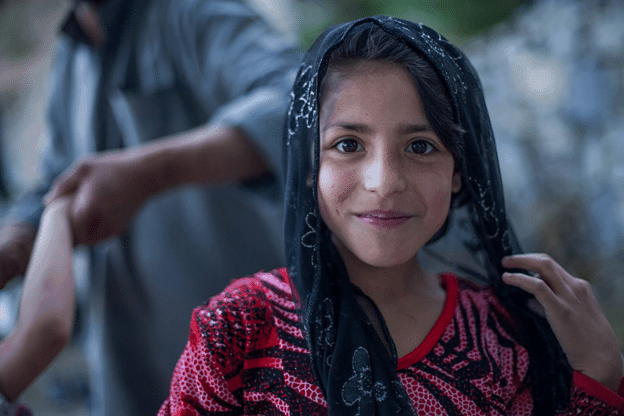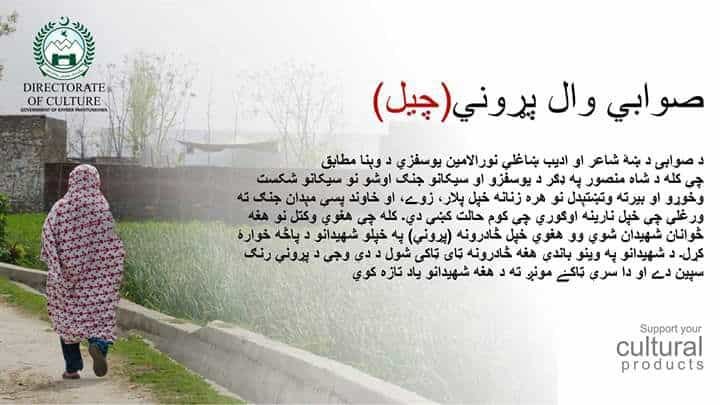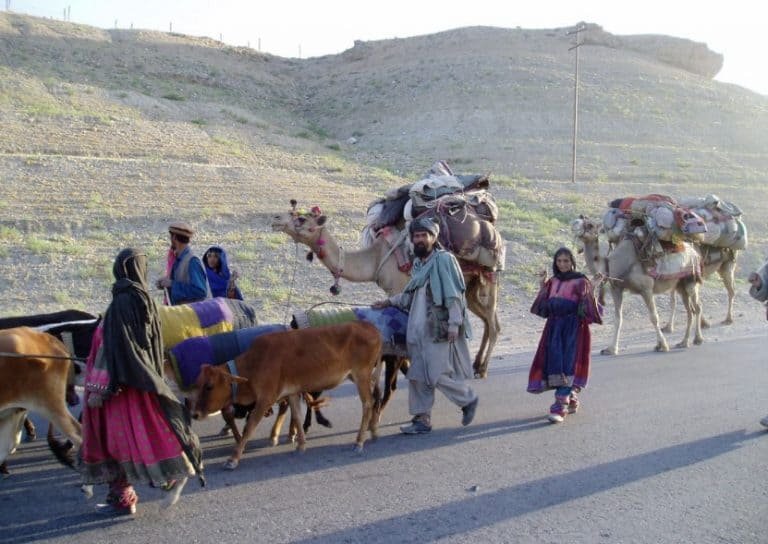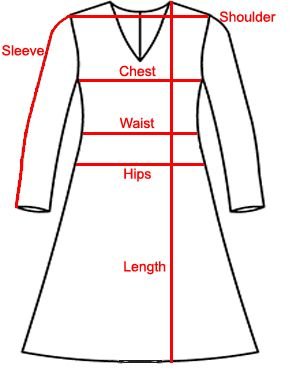

Pashtuns have always been misunderstood as the backward folks of the Khyber Pakhtunkhwa region which is entirely a baseless accusation. In earlier days, people- even foreigners- would visit the province, especially for its culture and customs to experience the art forms that were the sole remains of the Mughal dynasty. What they cherished and took great interest in is the dance form “ATTAN” that they found bizarre and exciting at the same time.

Attan was initially the popular dance form of Afghans which later on was adopted by the Pashtuns in Pakistan after Afghans’ migration. It slowly and gradually hyped and became a tradition for men to perform before going to specific missions. Later on, the dance was practiced on weddings, college, and universities on specific events.
Special costumes that are mainly Shalwar Kameez with fancy waistcoats and Afghani topi for men while afghani fancy embroidered frocks with Khussas for women.

From that time, Attan changed many forms as handed down the generations but the key instruments for its music never once changed. It has always been the double-headed barrel (Dhol), tabla, Rabab and the flute. Nowadays people perform Attan on multiple modern Pashto songs but the original Attan is still practiced in authentic Pashtun culture.
https://www.youtube.com/watch?v=wHE7jSITqbg
The significance or the signature step of the Attan is the “turns” that the dancers take while performing. Based on the turns and movements Attan has further given origin to Kabuli, Khattak and Wardaki attans.
Men and women perform 2 to five steps with each one ending with a clap in the center of the circle. The arms, legs, and wrists tilt and twist in a particular motion as signaled by the beat.
Khattak attan originated from Mughal rulers. This has swords and the typical turns and twists of the attan including a half spin and then a full spin the reversed direction.
The specialty of this attan is the colorful handkerchiefs in each of the dancer’s hand. The handkerchiefs are shown high above the head while taking twists and turns. No clapping is involved in this type.
So folks, whenever you get a chance to visit Khyber Pakhtunkhwa, make sure you experience this dance form because I guarantee you will love it at all costs. Mention your favorite song for Attan Dance; mine is Wa Grani Lailo by Humayun Khan 😉






Standard
Cost : 40$
Duration: 10-15 Working Days
Company : DHL Standard
Tracking : Yes
Express
Cost : 60$
Duration: 5-7 Working Days
Company : DHL Express
Tracking : Yes
* These rates applied on all order from Pakistan to the rest of the world. We ship anywhere in the world.
Choose your size based on the following measurement, please note we make custom size as well. If you failed to find your match send us a text on WhatsApp 00923139807003
Length : 42"
Bust : 34"
Shoulder to Shoulder : 13"
Sleeves : 23.5"
Waist : 28"
Length : 44"
Bust : 35-36"
Shoulder-to -Shoulder : 14"
Sleeves : 24"
Waist : 28-30"
Length : 46"
Bust : 36-38"
Shoulder to Shoulder : 14"
Sleeves : 24"
Waist : 31-33"
Length : 48"
Bust : 39-40"
Shoulder to Shoulder : 15"
Sleeves : 24"
Waist : 34-38"
Length : 50"
Bust : 41-42"
Shoulder to Shoulder : 15.5"
Sleeves : 24.5"
Waist : 39-40"
Length : 52"
Bust : 43-44"
Shoulder to Shoulder : 16"
Sleeves : 24.5"
Waist : 41-42"
